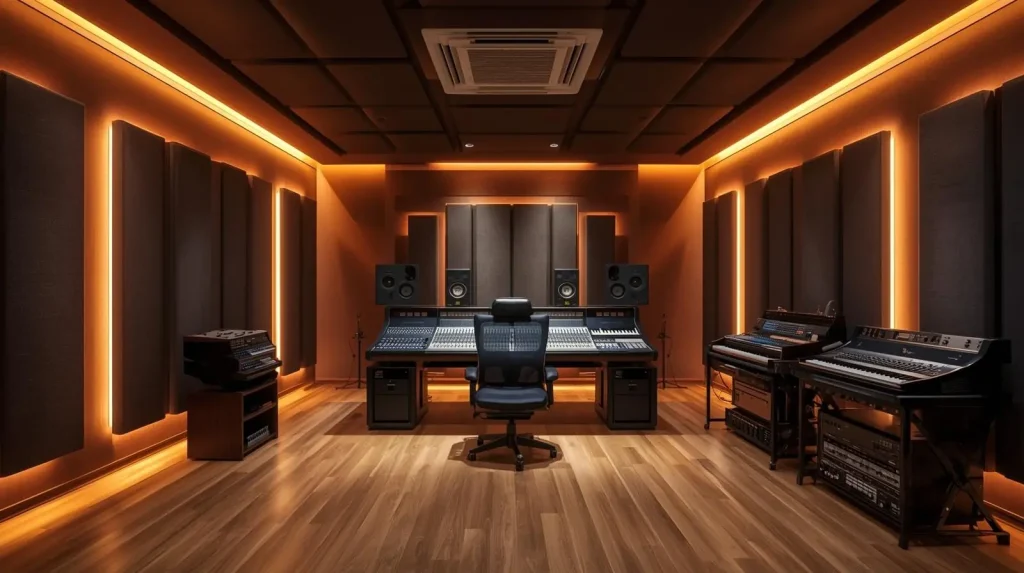Creating a great sounding studio is one of the most important steps for anyone working with audio. Whether you run a professional recording room, a home studio, a podcast booth, or a content creation space, the quality of your acoustics directly impacts your final output. Many beginners assume that expensive microphones and gear can fix bad acoustics, but the truth is that no equipment can compensate for a poorly treated room. Choosing the best acoustic materials for your studio determines clarity, balance, accuracy, and the overall listening experience.
This guide explains the essential factors to consider when selecting acoustic materials, the types of treatments you need, and how to avoid common mistakes. By the end, you will know exactly how to pick the right solutions for your room and why choosing a trusted provider matters for long term performance and results.
Understanding What Acoustic Treatment Really Means
Before selecting any materials, it helps to understand what acoustic treatment actually does. Many people confuse soundproofing with sound treatment, but the two serve different purposes.
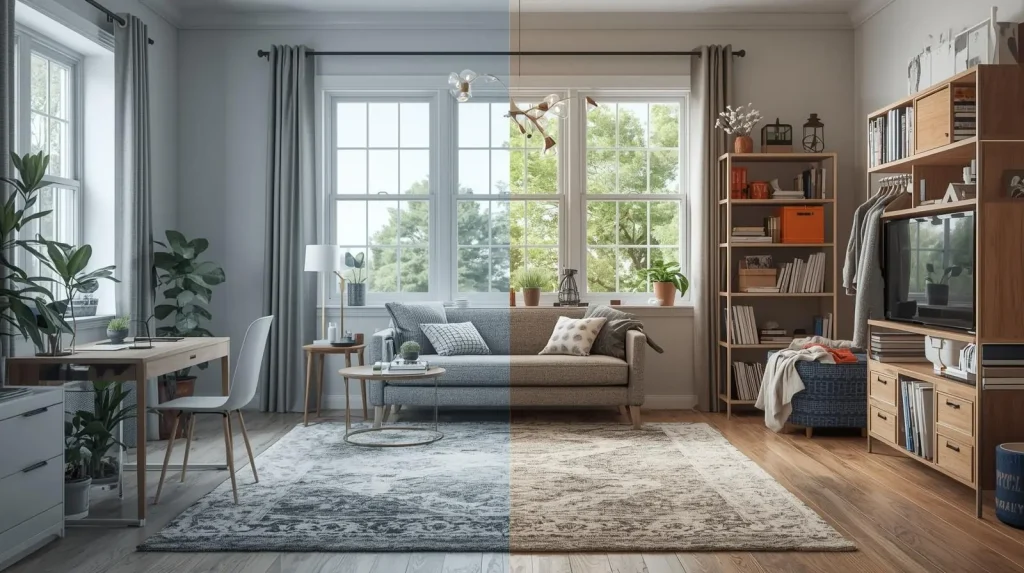
Soundproofing vs Acoustic Treatment
Soundproofing is all about blocking sound from entering or leaving a room. It helps reduce noise transfer between spaces. Acoustic treatment focuses on improving sound quality inside the room by managing reflections, echoes, and resonance.
For a studio, most people need a combination of both. Soundproofing provides privacy and prevents outside noise. Acoustic treatment creates a balanced and accurate listening environment.
Why Room Acoustics Matter
A well treated room ensures that what you hear is accurate. This matters for:
- Mixing and mastering
- Recording vocals and instruments
- Voice overs and podcasts
- Film, content creation, and gaming audio
- Live streams and online courses
Without proper acoustics, your recordings can sound muddy or thin, and mixes may not translate well on other speakers or headphones. This makes selecting the right materials an essential investment.
Key Factors to Consider When Choosing Acoustic Materials
Every studio has unique requirements. Before buying any acoustic materials, consider the following factors that influence sound behavior.
1. Room Size and Shape
Your room’s dimensions play a major role in determining what you need. Larger rooms may require thicker panels and additional bass control. Smaller rooms often struggle with low frequency buildup, so bass traps become essential.
Irregular rooms tend to have fewer standing waves, while square rooms usually have more acoustic problems. Understanding your space helps you choose the correct combination of panels, bass traps, and diffusers.
2. Purpose of the Room
Different spaces require different acoustic characteristics. For example:
- A vocal booth needs tight absorption to minimize reflections.
- A mixing room needs a balance of absorption and diffusion.
- A podcast room needs controlled mid and high frequency absorption.
- A live room often benefits from natural diffusion and moderate absorption.
Your material choices will change based on how you plan to use the room.
3. Frequency Range Control
High frequencies behave differently from low frequencies. Not all acoustic materials work across the full range, so understanding frequency control is important.
- High frequencies require thin to medium absorption panels.
- Mid frequencies need denser materials and strategic placement.
- Low frequencies require thick bass traps and corner treatment.
Good acoustics come from balancing all three, not just reducing highs.
4. Aesthetic and Design Preferences
Your studio should not only sound good but look professional. Many creators choose acoustic materials based on visual appeal as well as performance. Today, acoustic solutions come in many colors, textures, and shapes that complement modern studio design.
5. Safety and Material Quality
Many cheap foam panels available online offer poor performance and degrade quickly. High quality acoustic materials are made from fire rated, non toxic, and durable components. Safety and longevity matter especially if the room is used for long recording sessions.
Types of Acoustic Materials and How to Choose the Right Ones
Now that you understand the fundamentals, let us look at the main types of materials you will encounter when building a well treated studio.
Acoustic Panels for Mid and High Frequency Absorption
Acoustic panels are the most commonly used treatment for controlling reflections and improving clarity. They help reduce flutter echo, reverb, and early reflections that interfere with accurate listening.

What to Look For in Acoustic Panels
- High NRC (Noise Reduction Coefficient) rating
- Dense core material like mineral wool or acoustic grade fiber
- Frames that prevent sagging over time
- Fabric that is acoustically transparent
Panels should be placed at first reflection points, behind speakers, behind the listener, and on large reflective surfaces.
Bass Traps for Low Frequency Control
Low frequencies are the biggest challenge in most studios. They build up in corners and cause boomy or uneven bass response. Bass traps are thicker and denser than standard panels and are designed specifically to absorb these problem frequencies.
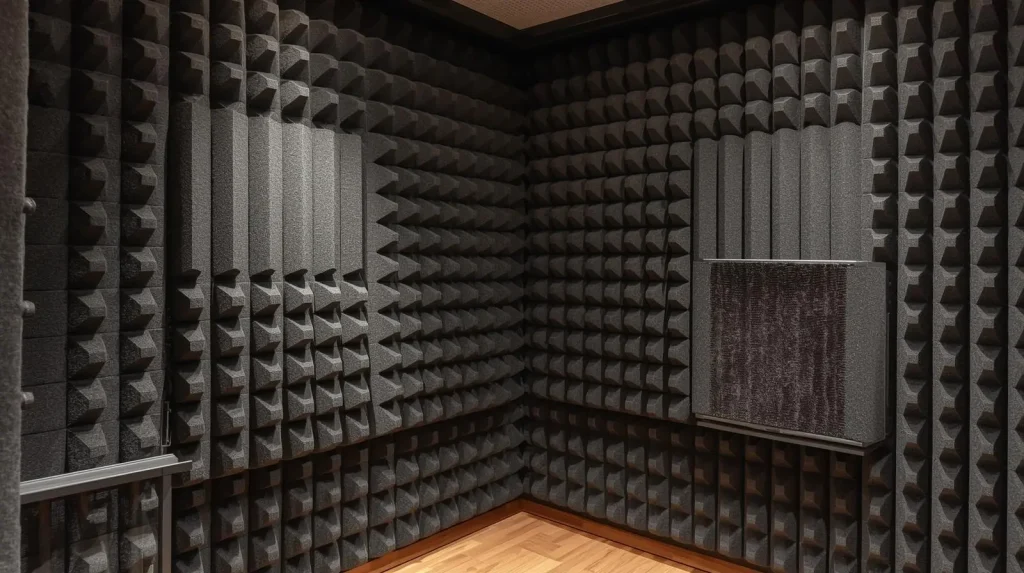
Signs You Need Bass Traps
- Bass feels heavy or muddy
- The low end disappears in certain areas
- There are peaks and dips at different listening spots
Good bass traps in room corners can dramatically improve accuracy.
Diffusers for Natural Sound and Space Enhancement
Diffusers scatter sound rather than absorb it. They help maintain a sense of openness and dimension in the room. They work well in mid sized to large rooms, especially in spaces used for mixing, mastering, or live recording.
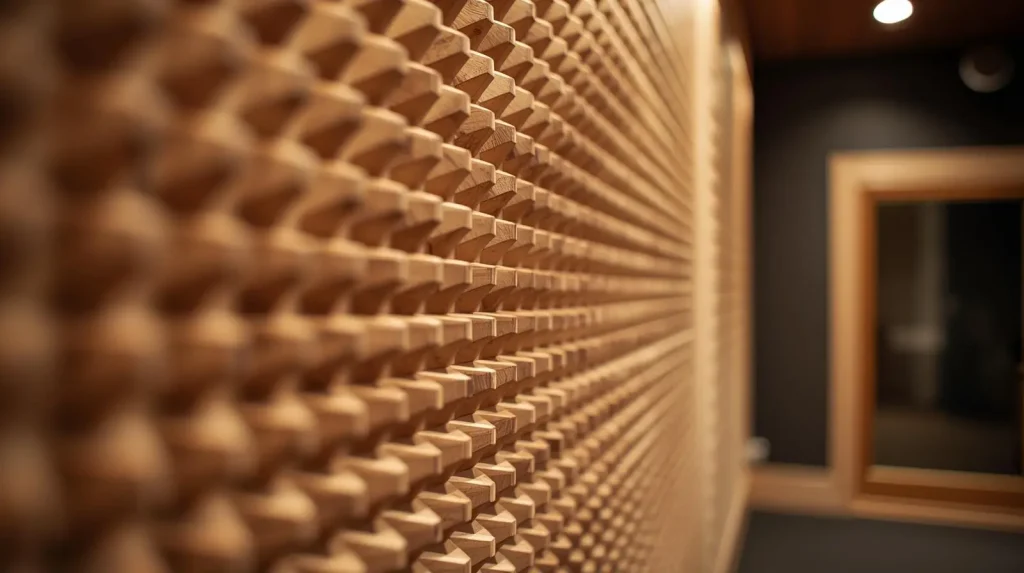
Benefits of Diffusion
- Reduces harsh reflections without deadening the room
- Creates a pleasing stereo image
- Adds natural ambience
Choose diffusers that match the aesthetic and design of your studio while providing effective scattering.
Soundproofing Materials for Noise Isolation
If you need to prevent sound from traveling, you will need soundproofing materials. These typically include:
- Acoustic doors and seals
- Mass loaded vinyl
- Soundproof insulation
- Rubber underlays and decoupling systems
Soundproofing works best when planned during construction, but retrofitting solutions are available depending on your needs.
Budget Considerations and Smart Buying Tips
Acoustic treatment does not have to be expensive when you plan strategically. Here are some practical ways to optimize your budget.
- Treat first reflection points before anything else.
- Invest in bass traps because they make the biggest difference.
- Avoid cheap foam that offers minimal absorption.
- Compare NRC ratings rather than relying on marketing claims.
- Choose modular acoustic panels if you need scalability.
Remember that professional quality acoustic treatment is a long term investment that improves every project you work on.
Why People Trust SoundKrafted and Why Choose SoundKrafted.com
Selecting the right acoustic materials is easier when you partner with a reliable provider. At SoundKrafted.com, we specialize in soundproofing and acoustic treatment solutions for studios, offices, home theaters, commercial spaces, and more.
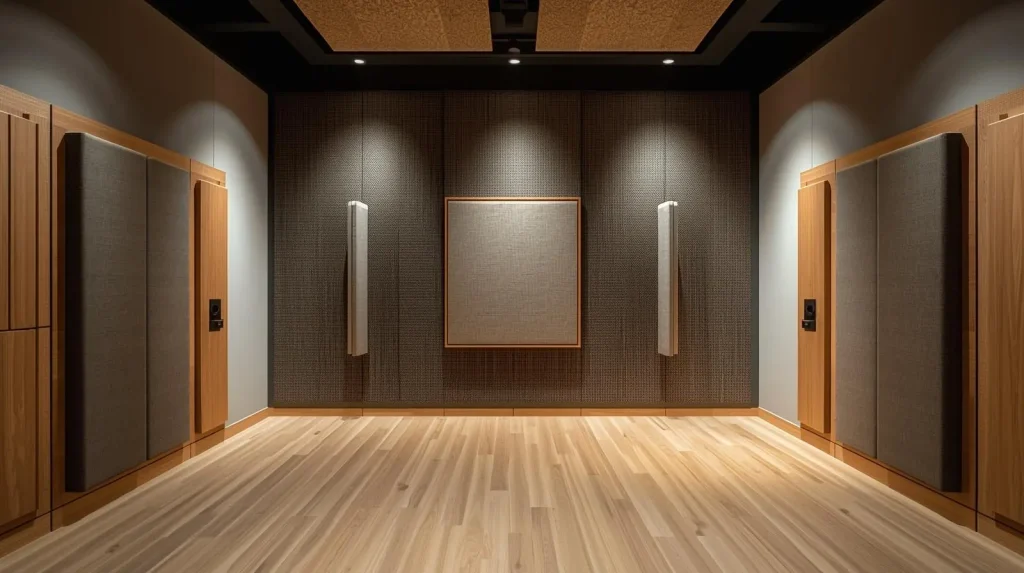
Here is why creators and professionals trust us:
High Quality Materials
All our products are made from premium acoustic grade materials that deliver real performance. This ensures long lasting durability and consistent sound control.
Custom Solutions for Any Space
Every room is unique. We help you choose the right products based on your room size, layout, and purpose. Our team guides you with personalized recommendations to achieve the best acoustic results.
Professional Soundproofing Services
From consultation to installation, our soundproofing experts handle every step with precision. Whether you need a silent workspace or an isolated studio, we provide tailored solutions.
Aesthetic and Functional Designs
Our acoustic panels, bass traps, and diffusers are available in modern, stylish designs that enhance your interior. You can choose from multiple colors, shapes, and finishes.
Trusted by Studios and Content Creators
Musicians, podcasters, filmmakers, and businesses rely on SoundKrafted for accurate, high performing acoustic solutions. Our track record reflects trust, reliability, and exceptional customer support.
Conclusion and Call to Action
Choosing the best acoustic materials for your studio is one of the most important steps in achieving professional sound quality. Start by understanding your room’s needs, consider the purpose of the space, and focus on key elements like acoustic panels, bass traps, diffusers, and soundproofing options. High quality materials, proper placement, and expert guidance will help you build a studio that delivers accurate and consistent results.
If you want reliable acoustic treatment or soundproofing solutions, visit SoundKrafted.com to explore high performance products and professional services designed for studios of every size. Take the next step toward creating a studio that sounds as good as it looks.

